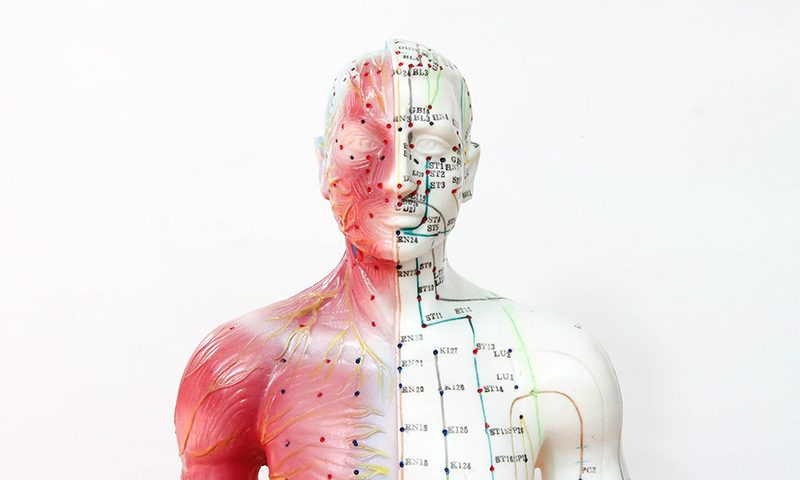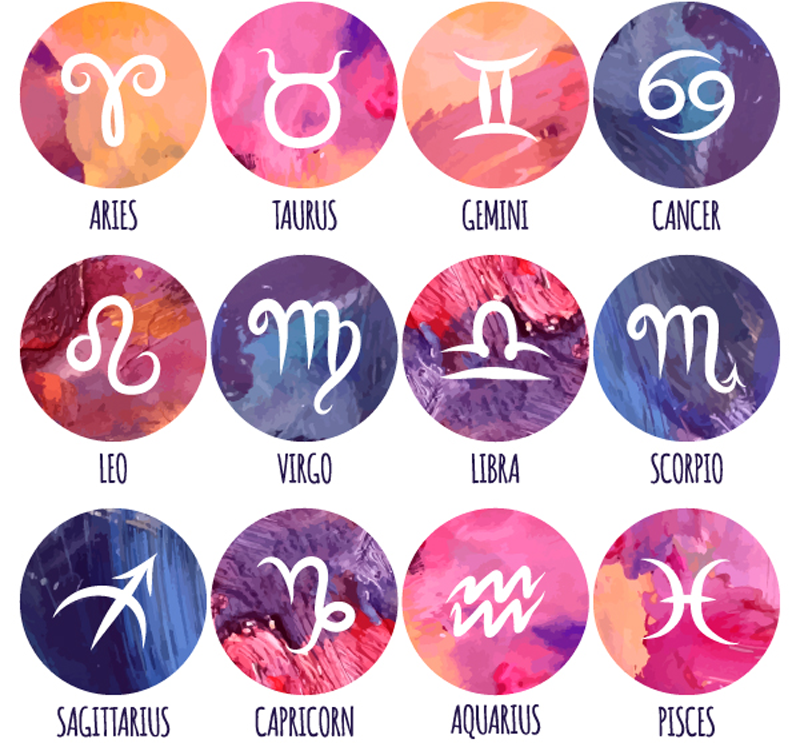
Yoga and Children
September 29, 2017
Herbs for mental clarity and energy to boost your mental processes
October 6, 2017What are Body Meridians and Energy Pathways?

What are Body Meridians and Energy Pathways
Undetectable to the naked eye, the body Meridians are imperative to our daily health and well-being. Simply put, they are a complex system of energy pathways that flow throughout the human body, with the purpose of delivering essential energy or ‘chi’ to each of our organs; Meridians are responsible for all of the body’s major organ systems including the nervous system, circulatory, respiratory, immune, skeletal, muscular and digestive. Occasionally, small blockages or imbalances of energy can occur throughout the body, which if left untreated has the potential to result in an array of unpleasant symptoms – the details of which are dependant on the location of the blockage. Through the flow of chi, the meridians support and stables the body’s energy, remove blockages and even regulate the metabolism; all of which contribute to the body functioning smoothly. Sometimes, a little help needs to be given to aid this process; to do this, certain points situated along the meridians can be stimulated with fine needles – this is known as acupuncture. This process encourages fresh chi to flow through the energy channels, clearing out any blockages and rebalancing your system.
History of the Meridian System and Acupuncture
First discovered in China in 2698 BC, the Meridian System consists of complex energy pathways/channels. The entrance to each of these natural pathways is known as an ‘acupuncture point’. In the event of blockages occurring in the meridians, or the body’s natural chi becoming imbalanced, the acupuncture points can be stimulated to encourage the energy to flow smoothly once more. Restoring the optimum flow of chi results in the ideal nourishment of the tissue and organs – something that every single one of us should strive to have. Although the process of acupuncture is thought to date back over 8000 years, back then, the practice was incredibly different to the renowned methods used today. Deriving from the stone age, knives and needles used for medical practices were thought to have been carved from stone, bone and bamboo. Some of these historic instruments are still being found in Chinese ruins to this day. It is believed that these instruments were used to perform basic acupuncture on the Meridians, with the first documentation of this being recorded in a book called ‘The Yellow Emperor’s Classic of Internal Medicine’.
During the Warring States Era, needles crafted from metal were thought to have replaced those made from stone, bone and bamboo. Although a little more similar to the needles used in the Chinese treatment today, back then the instruments were made out of expensive and sought after metals such as gold and silver, resulting in ancient acupuncture only being available to the wealthy.
With time, acupuncture became more mainstream, with the alternative therapy now being seen as a renowned contributor to modern medicine. Acupuncture training colleges started to appear, and education on the topic became an integral part of the Imperial Medical Bureau. Today, acupuncture continues to play a vital role in everyday modern medicine, in addition to alternative healing therapies.
The 12 Main Meridians
While there is a mammoth total of over 600 Meridian points used in acupuncture today, there are 12 key points that link directly to our main organs. With each point linking to a specific part of the body, they play an important role in our health and wellbeing, so ensuring they are functioning correctly is essential. Below, we discuss the main 12 throughout the body:
Lung Meridian
Connected to the organ responsible for respiration, an imbalance in the lung meridian has the potential to lead to symptoms such as excessive perspiration and an array of skin conditions, in addition to leaving the body open to infections, too.
Large intestine Meridian
The function of the large intestine is to extract water from waste material, before expelling it from the body. If you are prone to experiencing unexplained stomach cramps, you may find yourself with an energy blockage in the large intestine meridian. Emotionally, this can result in one holding onto their problems with difficulty letting things go.
Spleen Meridian
In addition to playing a key role in our muscle tone and digestion, the spleen helps to distribute nutrients all over the body. If you develop an energy imbalance in the spleen meridian, you may notice symptoms such as diarrhoea, constipation, low appetite and general fatigue.
Stomach Meridian
With the main responsibility being to digest food, it’s commonly known that most digestive issues can be linked back to the stomach. An imbalance or blockage in the stomach meridian can result in feelings of nervousness, anxiety, and sometimes even lack acceptance.
Heart Meridian
The key function of the heart is to distribute blood around the body. If you find yourself experiencing chest pains, shortness of breath, dizziness and/or insomnia, you may have a blockage or imbalance in the heart meridian.
Small intestine Meridian
Playing an important role in your digestive system, the small intestine is responsible for distributing foods nutrients all around the body. Symptoms such a poor circulation, weakness in the muscles and poor digestion, could indicate that you have a blockage in your small intestine meridian.
Bladder Meridian
The responsibility of the bladder is to expel liquid waste from the body. An imbalance in the bladder meridian may lead to headaches, back pain, and an array of different urinary diseases. Emotionally, a blockage in this meridian can result in feelings of anger and irritability.
Kidney Meridian
In addition to supporting the growth and development of the reproductive system, the kidneys are responsible for the production of blood and bone marrow. If you find yourself experiencing symptoms such as a backache, general-urinary disorders and/or asthma, you may have an imbalance or blockage in your kidney meridian.
Pericardium (Circulation/Sex) Meridian
The area surrounding the heart is referred to as the pericardium. Instead of being responsible for one organ, in particular, this meridian removes excess energy from around the heart, keeping everything functioning correctly.
Triple Warmer Meridian
The main function of the triple warmer meridian is to control the body as a whole. Commonly, it controls the metabolism, moisture balance and body temperature. As the triple warmer is responsible for such a wide array of areas, almost any imbalance in the body can be linked back to this meridian.
Liver Meridian
With the function of storing energy and regulating the body’s flow of chi, an imbalance or blockage in the liver meridian can lead to symptoms such as dry skin, blurred vision, headaches and stiff joints.
Gallbladder Meridian
With the responsibility of storing and expelling bile produced by the liver, and imbalance in the gallbladder meridian can result in bloating and pain in the liver, as well as a yellow tone, being apparent in the skin and urine.
In Summary
While we cannot physically see the existence of meridians, ensuring that the body’s energy is flowing freely is beneficial to our overall health. If you suspect an imbalance or blockage in your body, try seeking the help of a certified acupuncturist if money allows, or even just spend a few minutes using self-massage on the main acupuncture points to experience relief. Participating in a light form of exercise is a great way to keep the meridians flowing freely, so to avoid splashing out on regular acupuncture treatment try picking up some lightweight yoga pants and aim to practice a couple of key postures each day.

